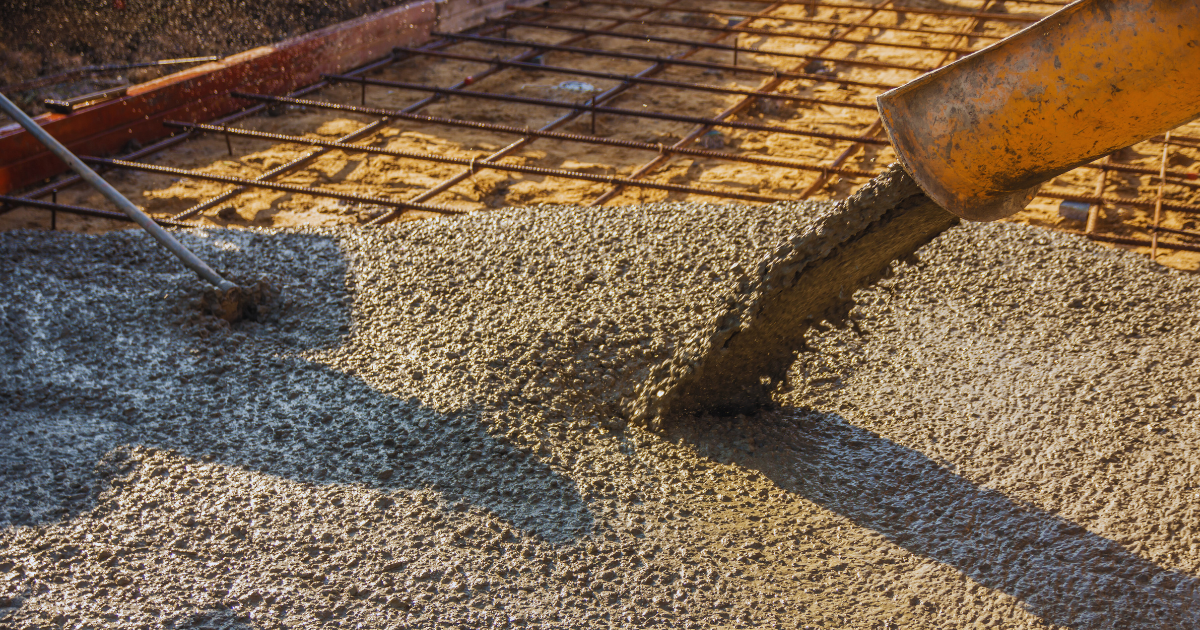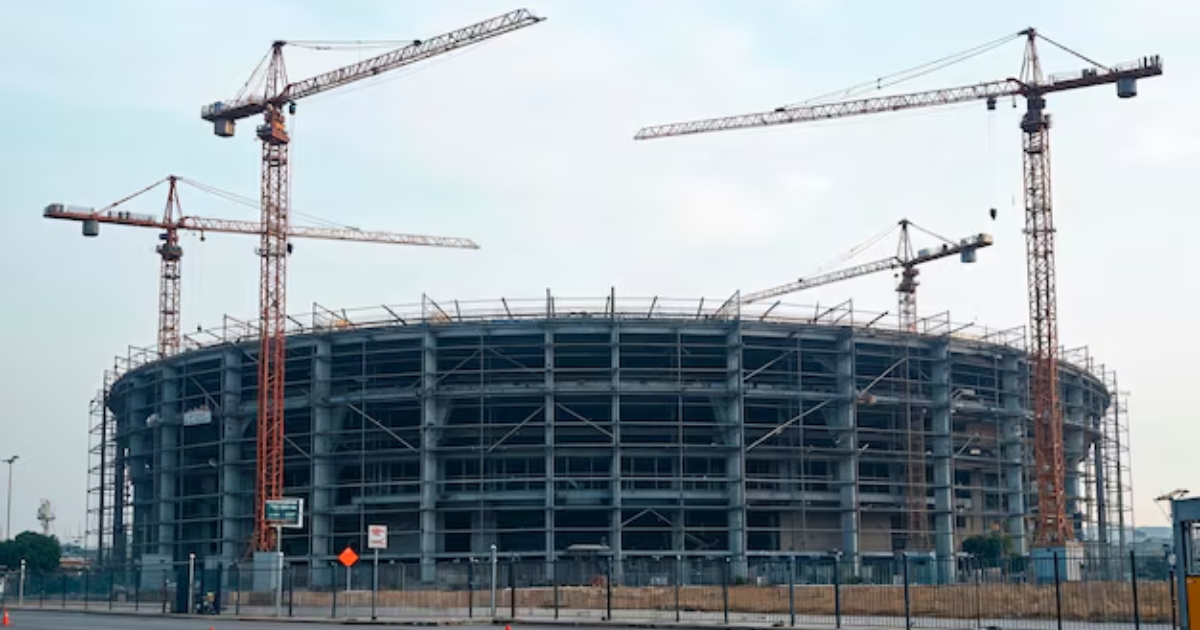The construction of diaphragm walls is a crucial technique in modern civil engineering, particularly for deep excavations and foundation systems. This method ensures stability and support in challenging ground conditions, making it indispensable for underground structures such as tunnels, basements, and retaining walls. In this comprehensive guide, we will explore the various aspects of diaphragm wall construction, its benefits, and the steps involved in executing this technique.
Understanding Diaphragm Walls
A diaphragm wall is a reinforced concrete structure used to provide lateral support and waterproofing for deep excavations. It serves as both a temporary and permanent retaining wall, capable of withstanding significant loads. The construction of diaphragm walls is particularly useful in urban environments where space constraints and ground stability are critical concerns.
Applications of Diaphragm Walls
The construction of diaphragm walls is employed in various applications, including:
- Underground Car Parks: Providing structural support and waterproofing.
- Tunnels and Underpasses: Ensuring stability during excavation.
- Basements: Offering lateral support for deep excavations.
- Waterfront Structures: Acting as retaining walls in marine environments.
- Cut-and-Cover Tunnels: Providing a safe and stable excavation environment.
Benefits of Diaphragm Walls
The construction of diaphragm walls offers several benefits:
- Strength and Stability: They provide excellent lateral support, preventing soil movement and collapse.
- Waterproofing: Diaphragm walls act as effective barriers against groundwater infiltration.
- Space Efficiency: Ideal for urban areas with limited space for excavation support systems.
- Versatility: Suitable for various soil conditions and depths.
- Permanent Structure: They can serve as part of the permanent structure, reducing the need for additional construction.
Steps in the Construction of Diaphragm Walls
The construction of diaphragm walls involves several critical steps, each requiring careful planning and execution. Here’s a detailed breakdown of the process:
1. Site Investigation and Design
Before starting the construction of diaphragm walls, a thorough site investigation is essential. This includes geotechnical surveys to assess soil conditions, groundwater levels, and other environmental factors. Based on this data, engineers design the wall’s dimensions, reinforcement requirements, and construction sequence.
2. Guide Wall Construction
A guide wall is constructed at the ground level to provide a reference for the trench excavation. This shallow wall ensures alignment and stability during the excavation process. Typically, the guide wall consists of two parallel concrete walls with a gap corresponding to the thickness of the diaphragm wall.
3. Trench Excavation
The trench for the diaphragm wall is excavated using specialized equipment such as trench cutters or grabs. The excavation process must be carefully monitored to maintain verticality and prevent soil collapse. Bentonite slurry is often used to support the trench walls and prevent water ingress during excavation.
4. Bentonite Slurry Application
Bentonite slurry plays a crucial role in the construction of diaphragm walls. This viscous fluid is introduced into the trench to stabilize the excavated walls and prevent them from collapsing. The slurry also helps to control groundwater seepage, ensuring a dry and stable environment for subsequent construction steps.
5. Reinforcement Placement
Once the trench is excavated to the desired depth, steel reinforcement cages are lowered into the trench. These cages are prefabricated to match the wall design specifications and provide the necessary structural strength. The reinforcement is carefully positioned to ensure proper alignment and stability.
6. Concreting
Concrete is poured into the trench to form the diaphragm wall. The concreting process involves displacing the bentonite slurry with concrete, ensuring a continuous and homogenous wall structure. Tremie pipes or concrete pumps are used to place the concrete at the bottom of the trench, gradually filling it from bottom to top.
7. Slurry Disposal and Cleaning
After concreting, the displaced bentonite slurry is collected and processed for reuse or disposal. The trench is cleaned to remove any residual slurry, ensuring a clean surface for subsequent construction activities. Proper slurry management is crucial to maintain environmental standards and project efficiency.
8. Wall Joint Construction
In cases where the diaphragm wall is constructed in panels, proper joint construction is essential to ensure wall continuity and integrity. Stop-end plates or water bars are used at the joints to prevent water leakage and maintain structural strength.
9. Finishing and Curing
The final step in the construction of diaphragm walls involves finishing and curing the concrete. The wall surface is treated to achieve the desired finish, and curing compounds are applied to ensure proper hydration and strength development. The cured wall is then ready to support excavation or other construction activities.
Challenges in Diaphragm Wall Construction
Despite its numerous benefits, the construction of diaphragm walls presents several challenges:
- Soil Conditions: Unstable or variable soil conditions can complicate trench excavation and wall stability.
- Groundwater Management: High groundwater levels require effective slurry management and dewatering techniques.
- Equipment and Expertise: Specialized equipment and skilled labor are essential for successful diaphragm wall construction.
- Environmental Impact: Proper disposal of bentonite slurry and construction waste is necessary to minimize environmental impact.
Innovations in Diaphragm Wall Construction
Advancements in technology and construction methods have led to several innovations in diaphragm wall construction:
- Hydrofraise Technology: This trenching method uses rotary cutters to excavate harder soils and rock, enhancing the versatility of diaphragm walls.
- Self-Hardening Slurries: These slurries eliminate the need for concrete displacement, simplifying the construction process and reducing environmental impact.
- Real-Time Monitoring: Advanced monitoring systems track wall alignment, trench depth, and slurry properties in real time, improving construction accuracy and efficiency.
Conclusion
The construction of diaphragm walls is a vital technique in modern civil engineering, offering unparalleled support and stability for deep excavations and underground structures. By understanding the steps involved, the benefits, and the challenges, engineers and construction professionals can effectively utilize this method to achieve successful project outcomes. Whether for urban basements, tunnels, or waterfront structures, diaphragm walls provide a reliable and efficient solution for a wide range of applications.
With continuous innovations and advancements in technology, the construction of diaphragm walls will continue to evolve, meeting the growing demands of the construction industry and contributing to the development of safe, stable, and sustainable infrastructure. By adhering to best practices and leveraging modern techniques, the construction of diaphragm walls can be executed with precision and efficiency, ensuring long-term structural integrity and environmental compliance.
Hindustan Diaphragm wall, a leader in modern construction practices, has revolutionized the industry with its unparalleled strength, versatility, and durability. From towering skyscrapers to intricate underground tunnels, diaphragm walls have become indispensable elements in shaping the urban landscape. Hindustan D-wall’s innovative solutions provide robust foundation support, enabling the construction of tall buildings and large structures with confidence.







